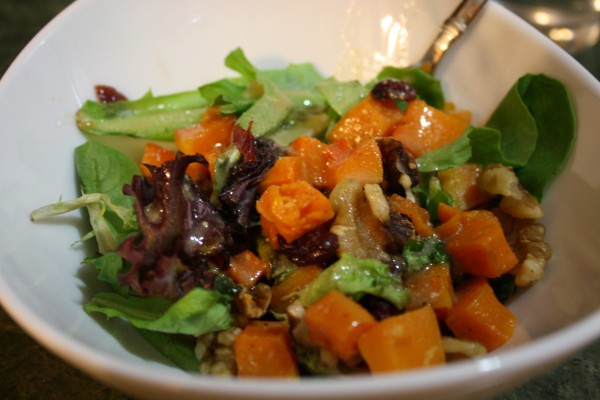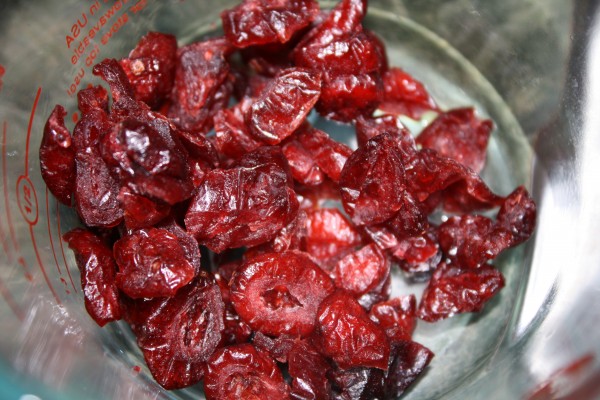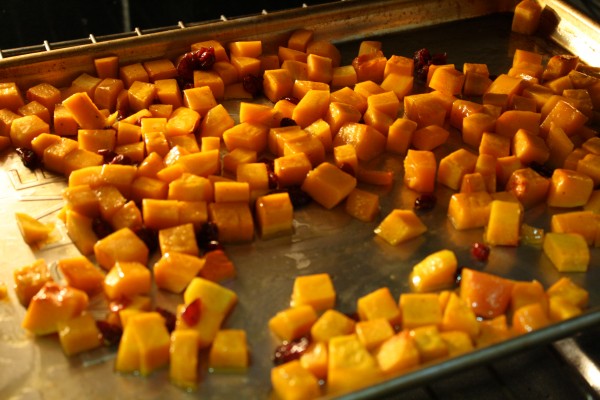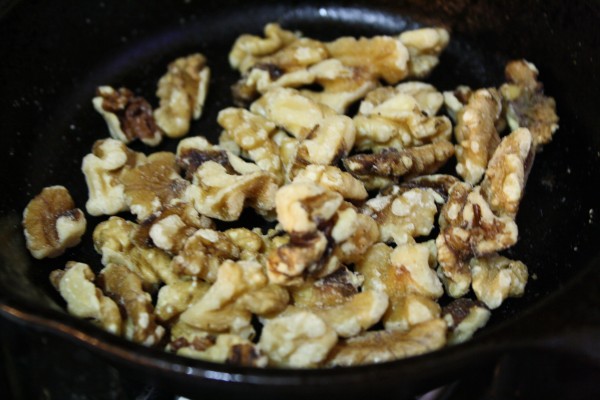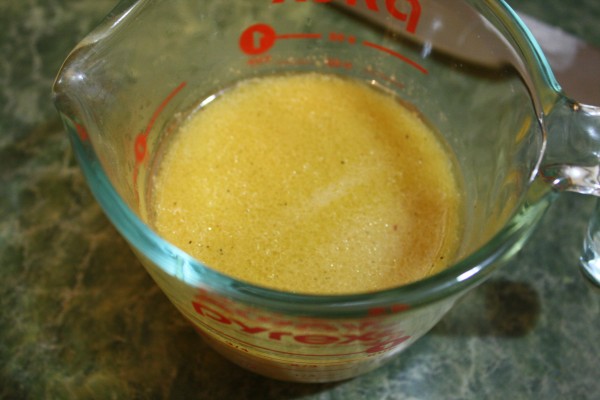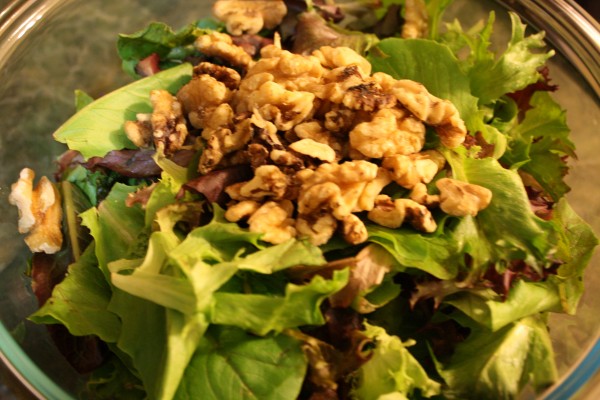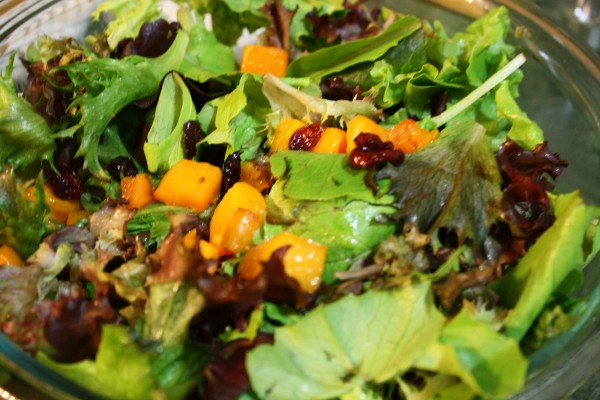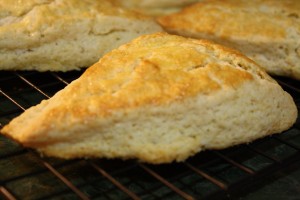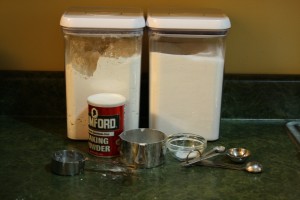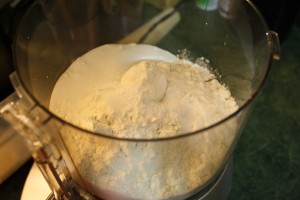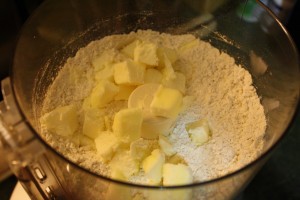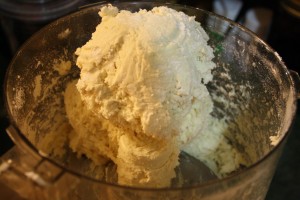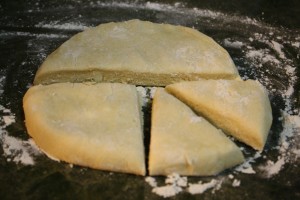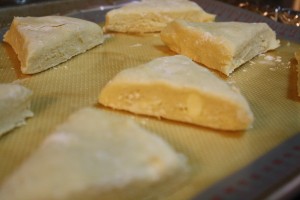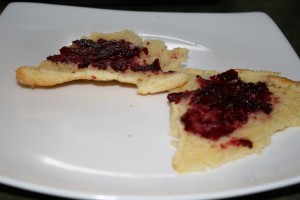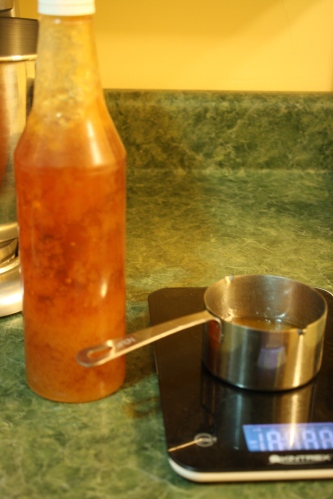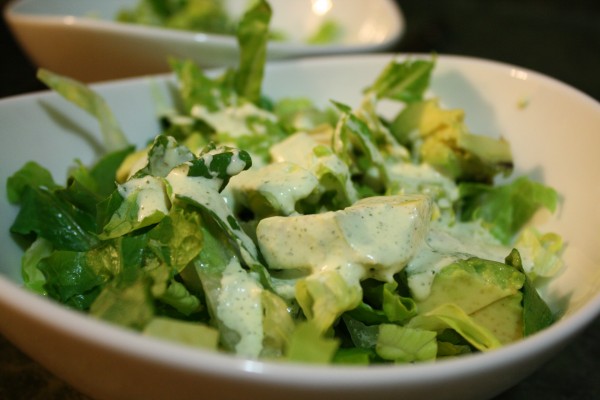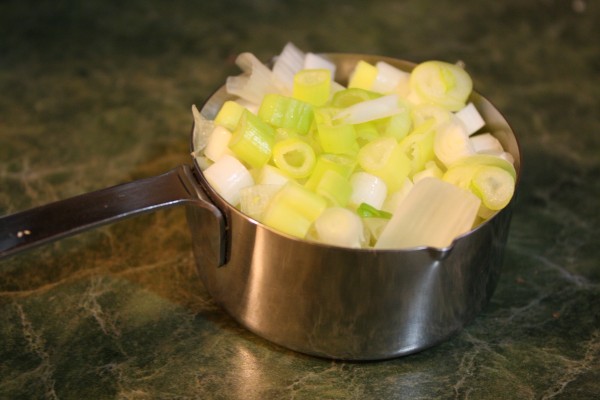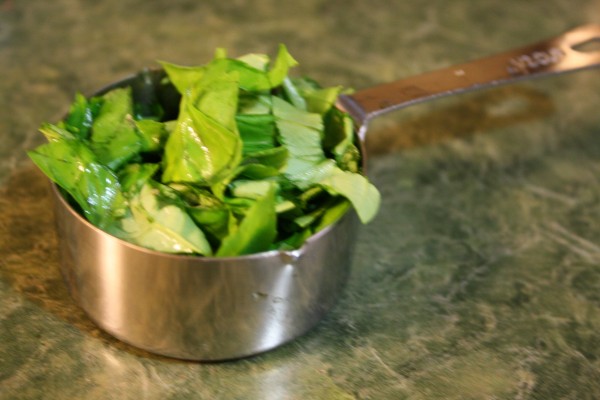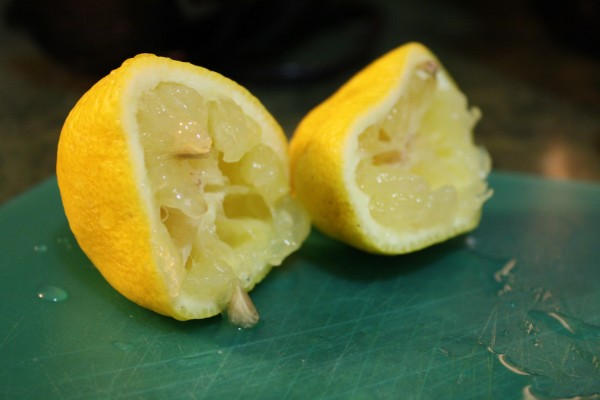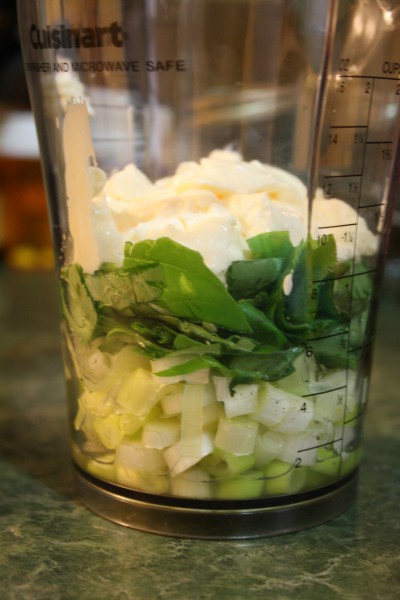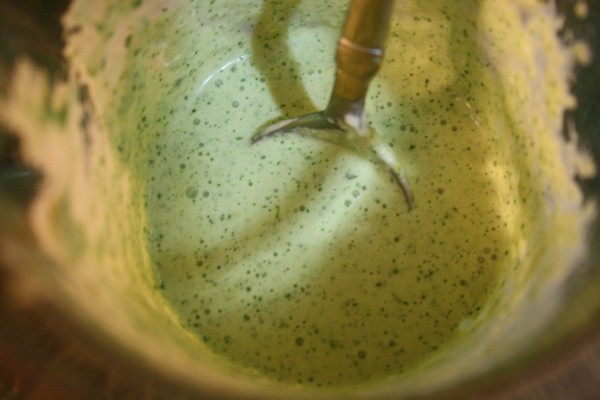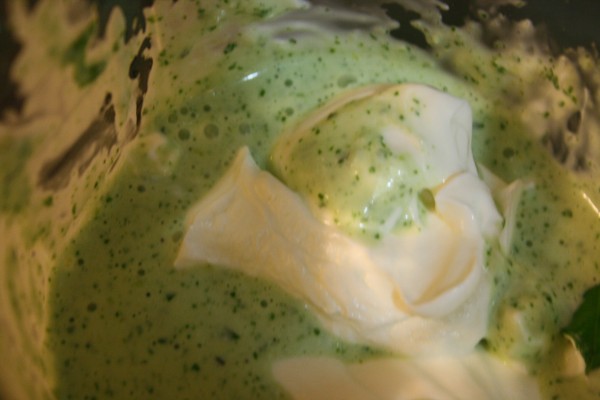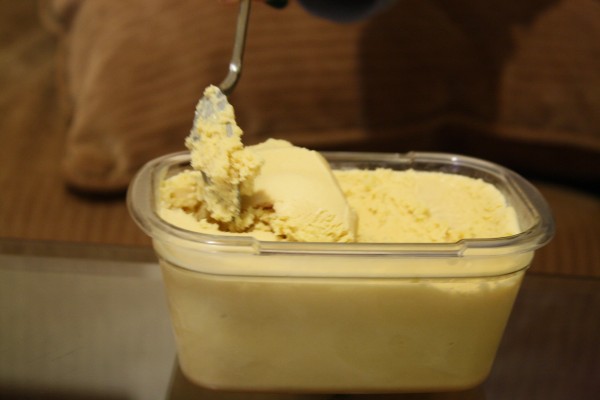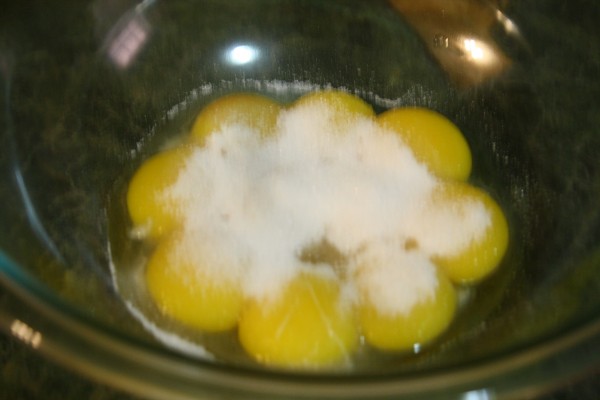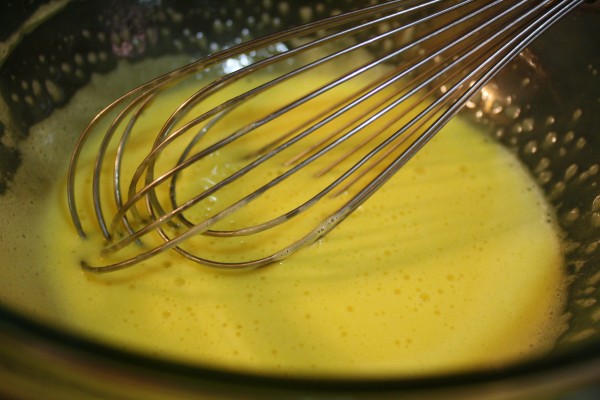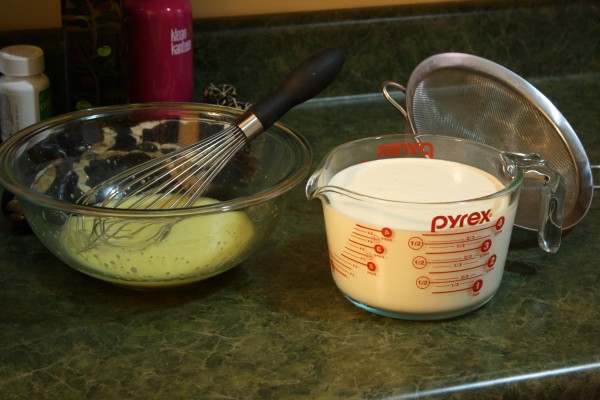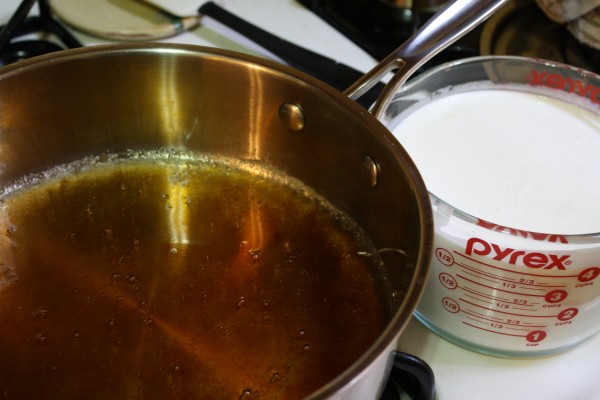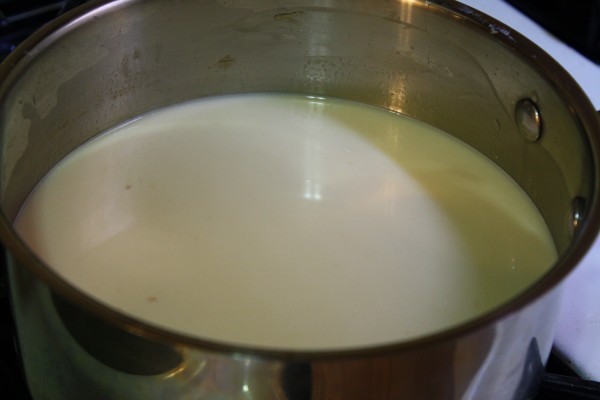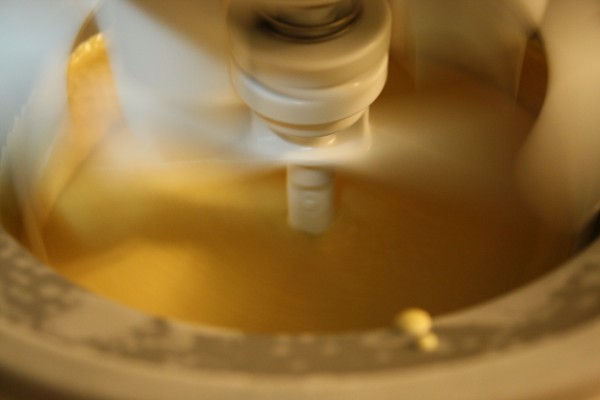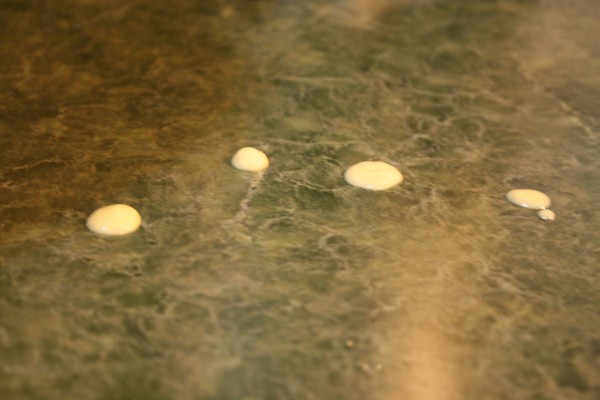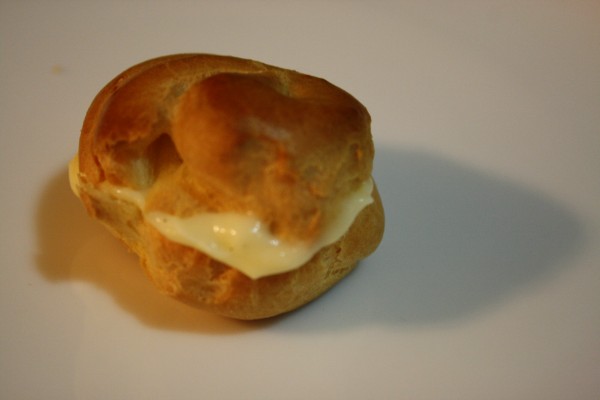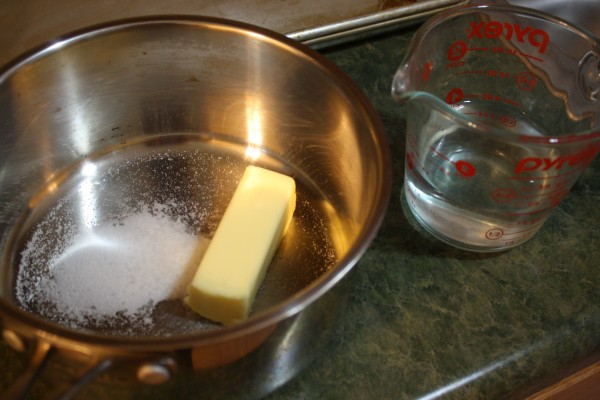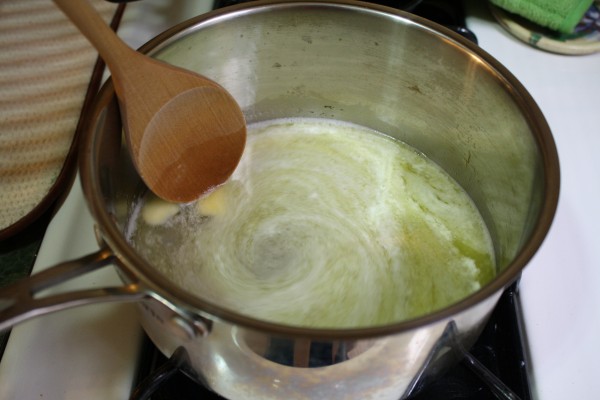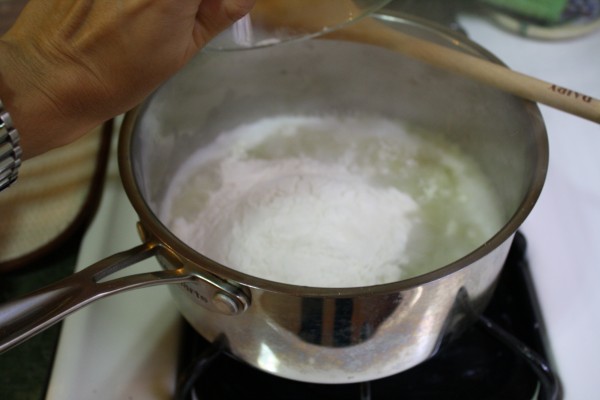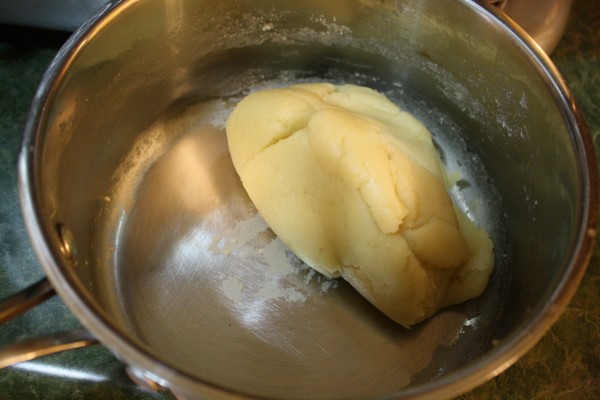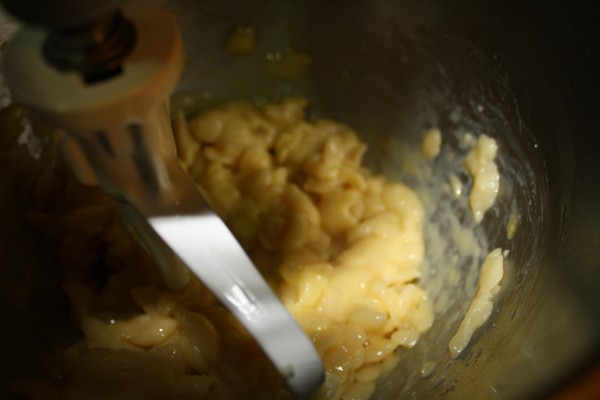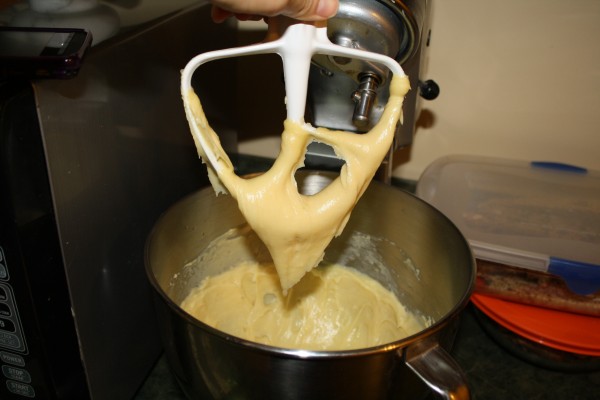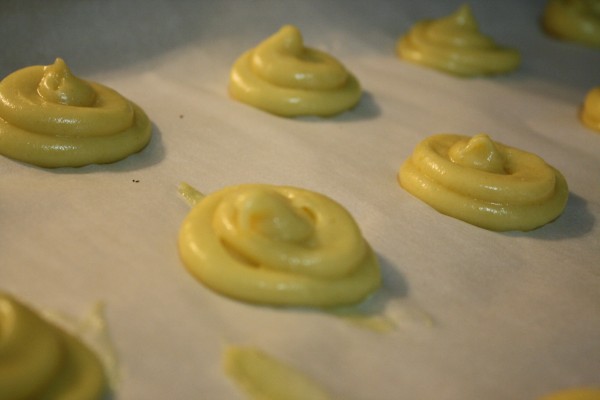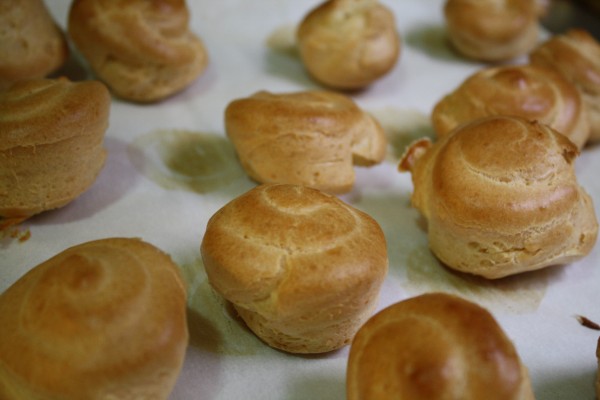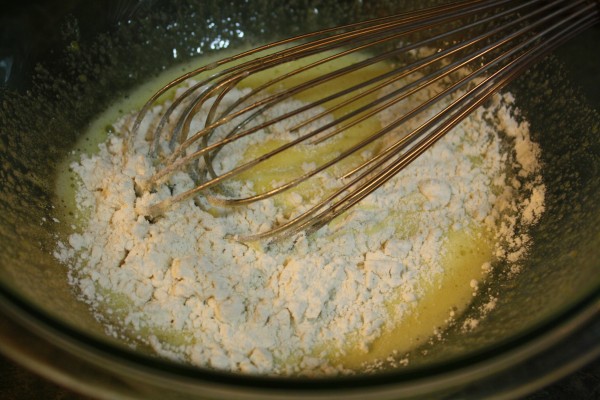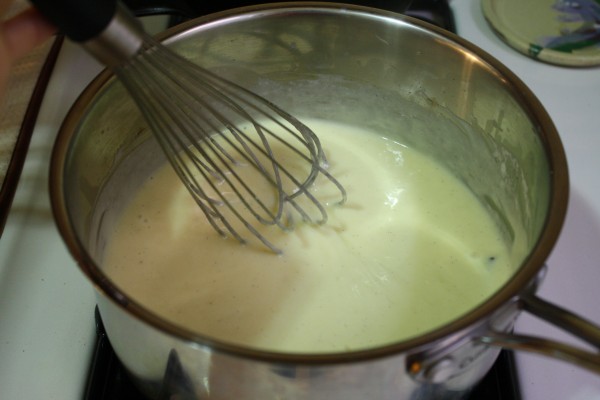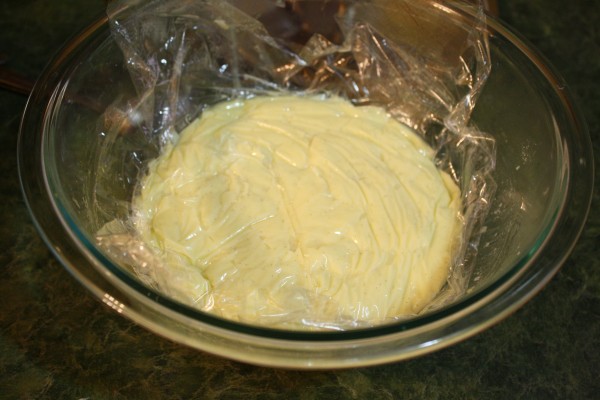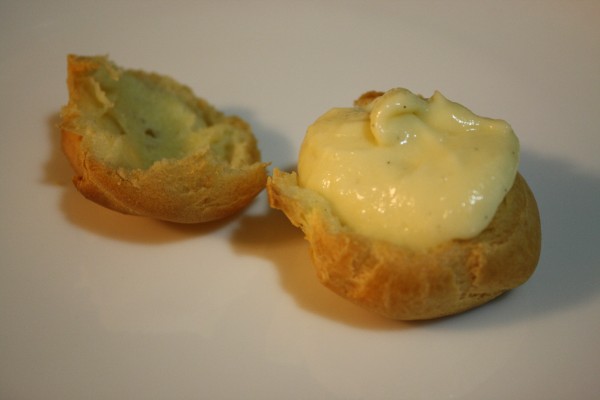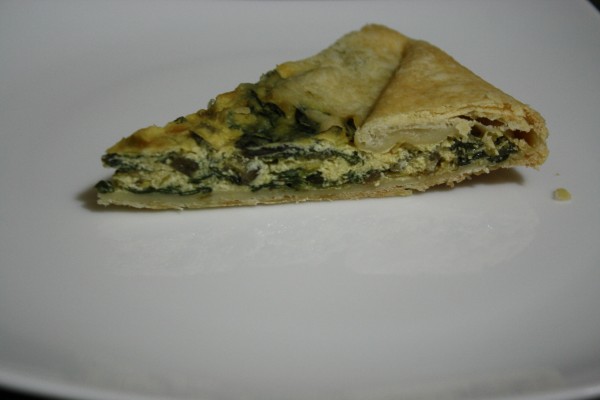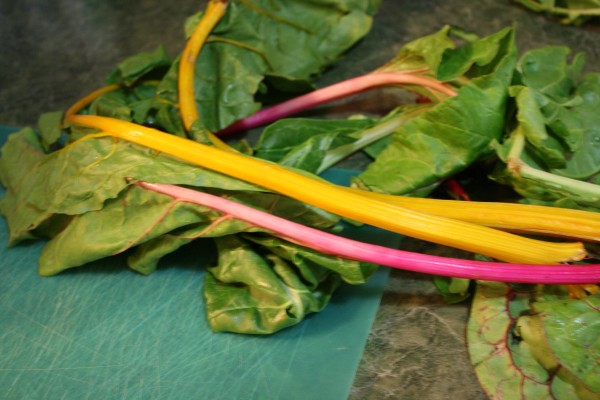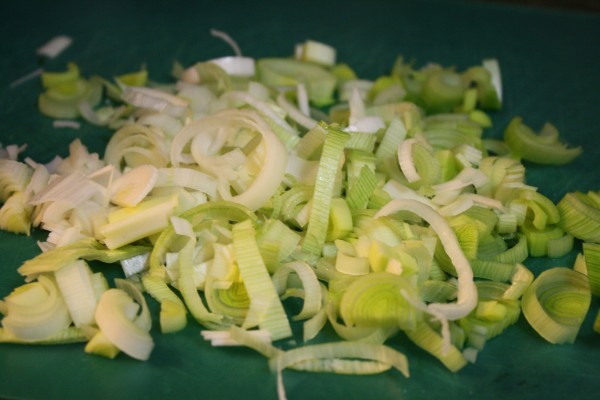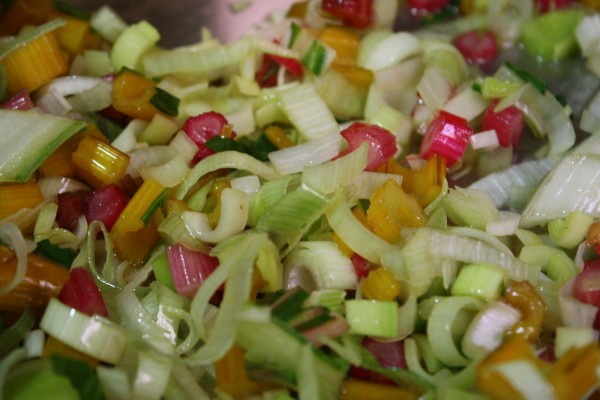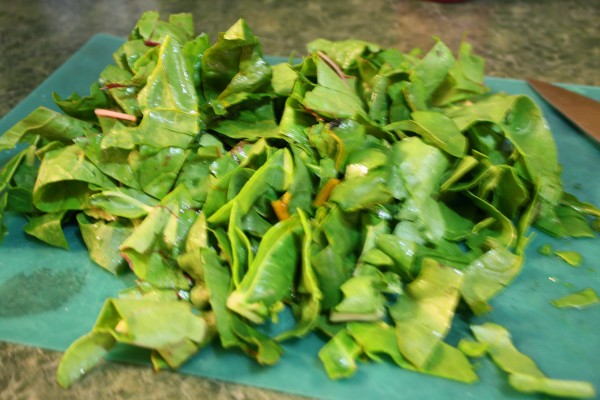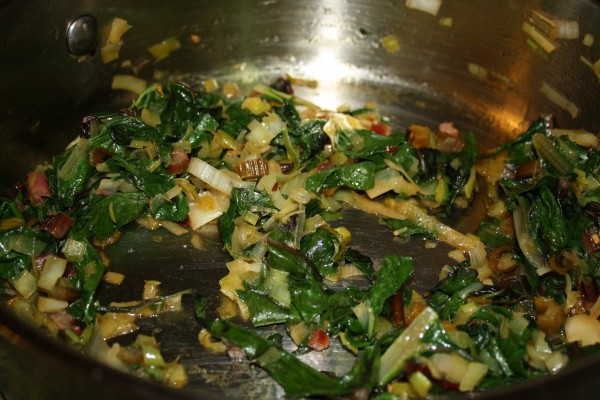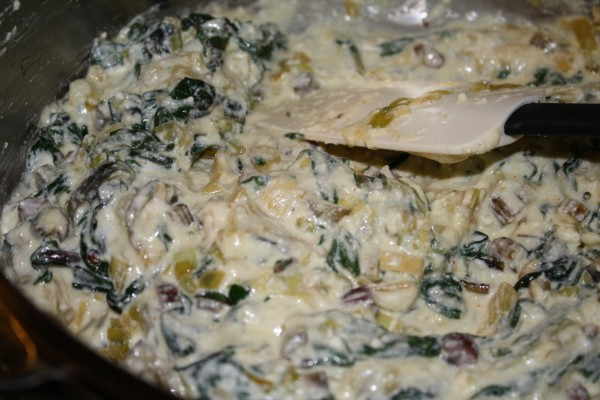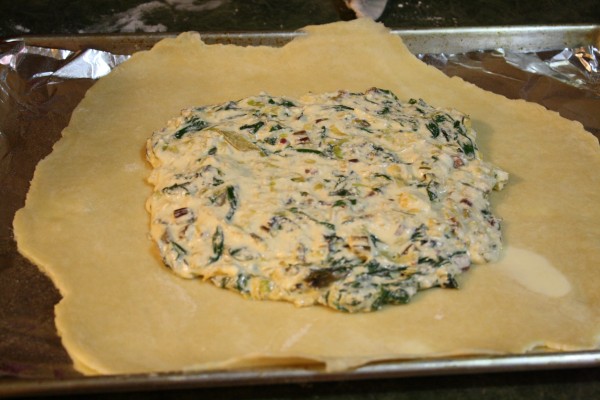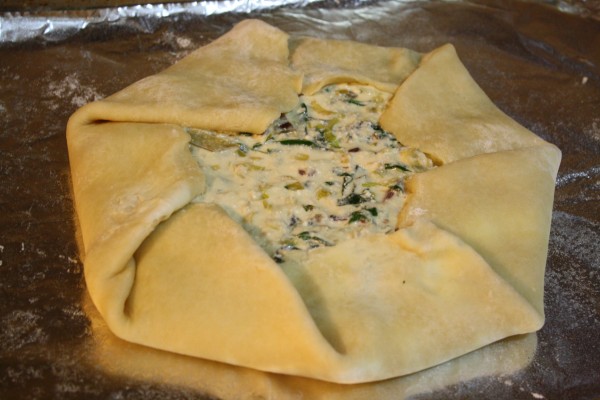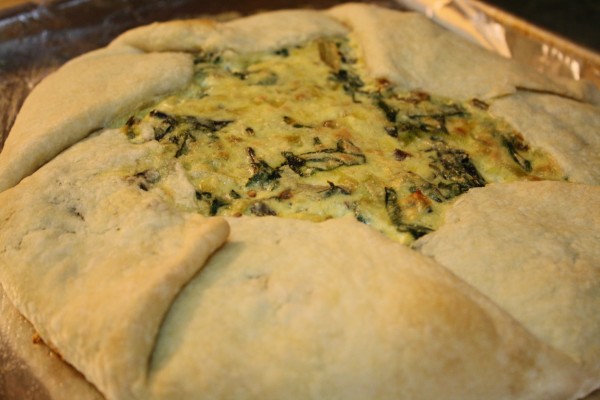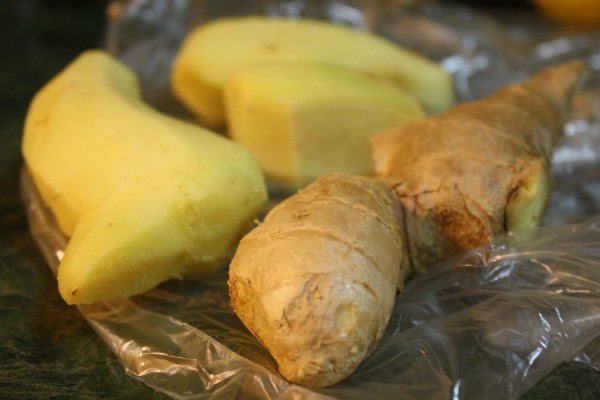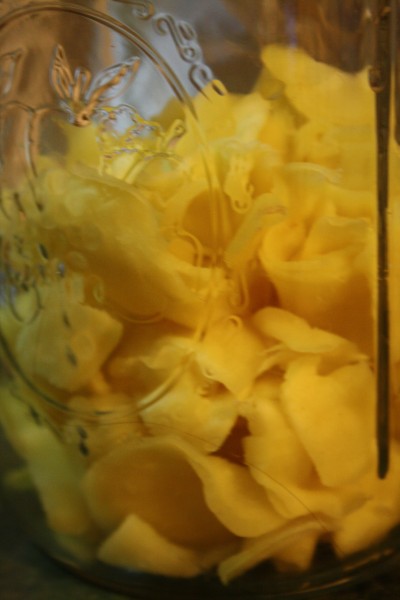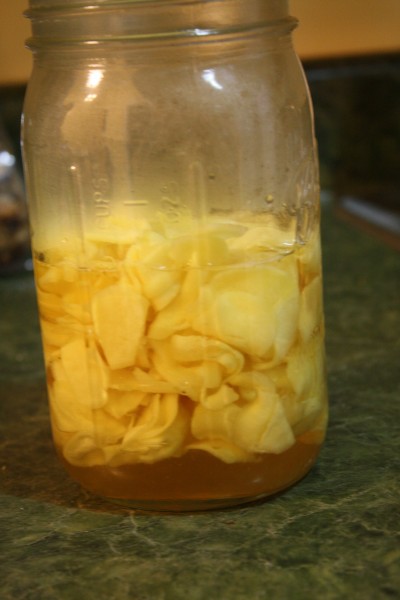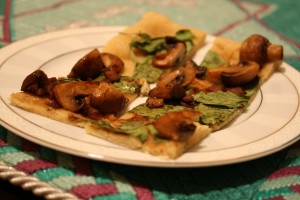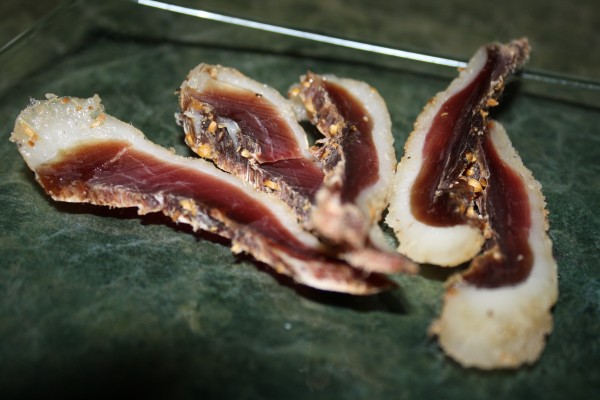I admit that I don’t love the cold weather. People take up so much more room on the subways with their puffy winter coats on! But with the cold weather comes some delicious winter treats, and one of those is butternut squash. They’ve been prominent in supermarkets ever since Sukkot, and I’ve made soup with them, roasted them, and added some the pot pie. But now it’s time to add another cold-weather favorite to the mix, apple cider. I love warm apple cider, especially from the farmer’s market near Columbia on Thursdays. Yes, I schedule my grad school classes around apple cider, who wouldn’t?
So welcome winter with a totally-fitting-for-a-main-dish-salad on this Meatless Monday!
Anyway, I couldn’t pass up on this salad recipe that calls for a salad with teeny little butternut squash chunks and a warm dressing made with apple cider. The dried cranberries can’t hurt either. Usually I don’t like walnuts. I never buy them, and I never add them to my brownies or baked goods, unless my mom is coming over. She thinks walnuts make any cookie or brownie infinitely better. They actually add a nice crunch to this salad, and an extra texture, which I like. This salad has crispy lettuce, soft butternut squash, chewy cranberries, and hard walnuts. What more can you ask for in a salad? Oh, a warm dressing, obviously.
Roasted Butternut Squash Salad with Warm Cider Vinaigrette, adapted from Ina Garten:
For the dressing:
- 3/4 cup apple cider
- 2 tablespoons white wine vinegar (or apple cider vinegar, which I don’t have in my pantry – you can use red wine, too)
- 2 tablespoons minced shallots (I omitted these)
- 2 tablespoons Dijon mustard
- 1/4 cup olive oil
- 1/2 teaspoon salt
- 1/2 teaspoon pepper
Directions:
1. Combine the apple cider, vinegar, and shallots in a small saucepan. Bring to a boil over medium-high heat and reduce to 1/4 cup, about 6-8 minutes.
2. Off the heat, add the olive oil, Dijon, salt, and pepper.
For the salad:
- 1 medium butternut squash, peeled and cut into 3/4 inch dice (about 1 1/2 pounds, if you have a scale)
- 2 tablespoons olive oil
- 1 tablespoon maple syrup
- 1 teaspoon salt
- 1/2 teaspoon pepper
- 3 tablespoons dried cranberries
- 1/2 cup walnut halves, toasted
- 4 ounces lettuce, I used mixed baby greens. Ina used baby arugula.
- Some Parmesan cheese (optional)
Directions:
1. Preheat the oven to 400 degrees.
2. On a half sheet pan, combine the butternut squash, olive oil, maple syrup, salt, and pepper. Roast for 20 minutes, or until the squash becomes soft and begins to brown.
3. When the squash has been roasting for 15 minutes, add the dried cranberries to the sheet pan.
4. Place the lettuce in a large bowl and add the roasted squash and cranberries, and walnuts.
5. Spoon dressing over the top until just moistened. Toss well. Serve with a shaved Parmesan cheese.

